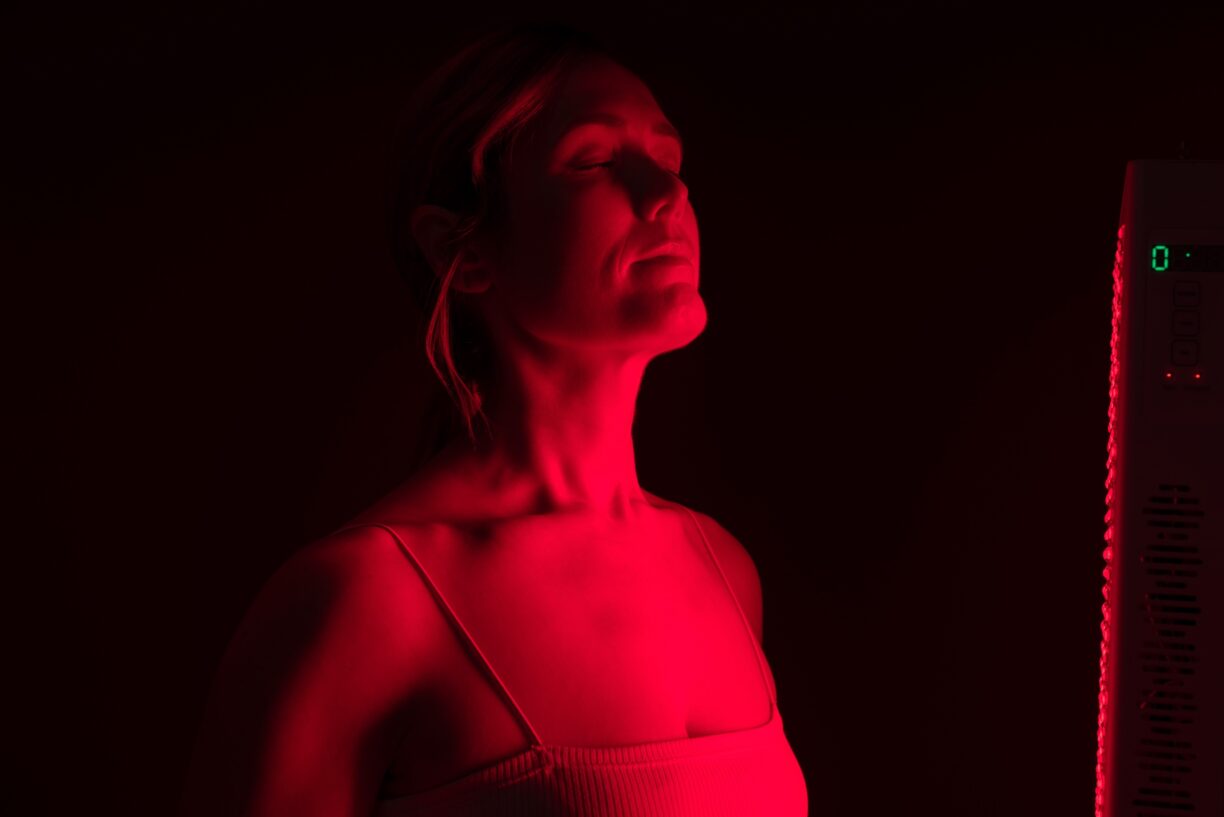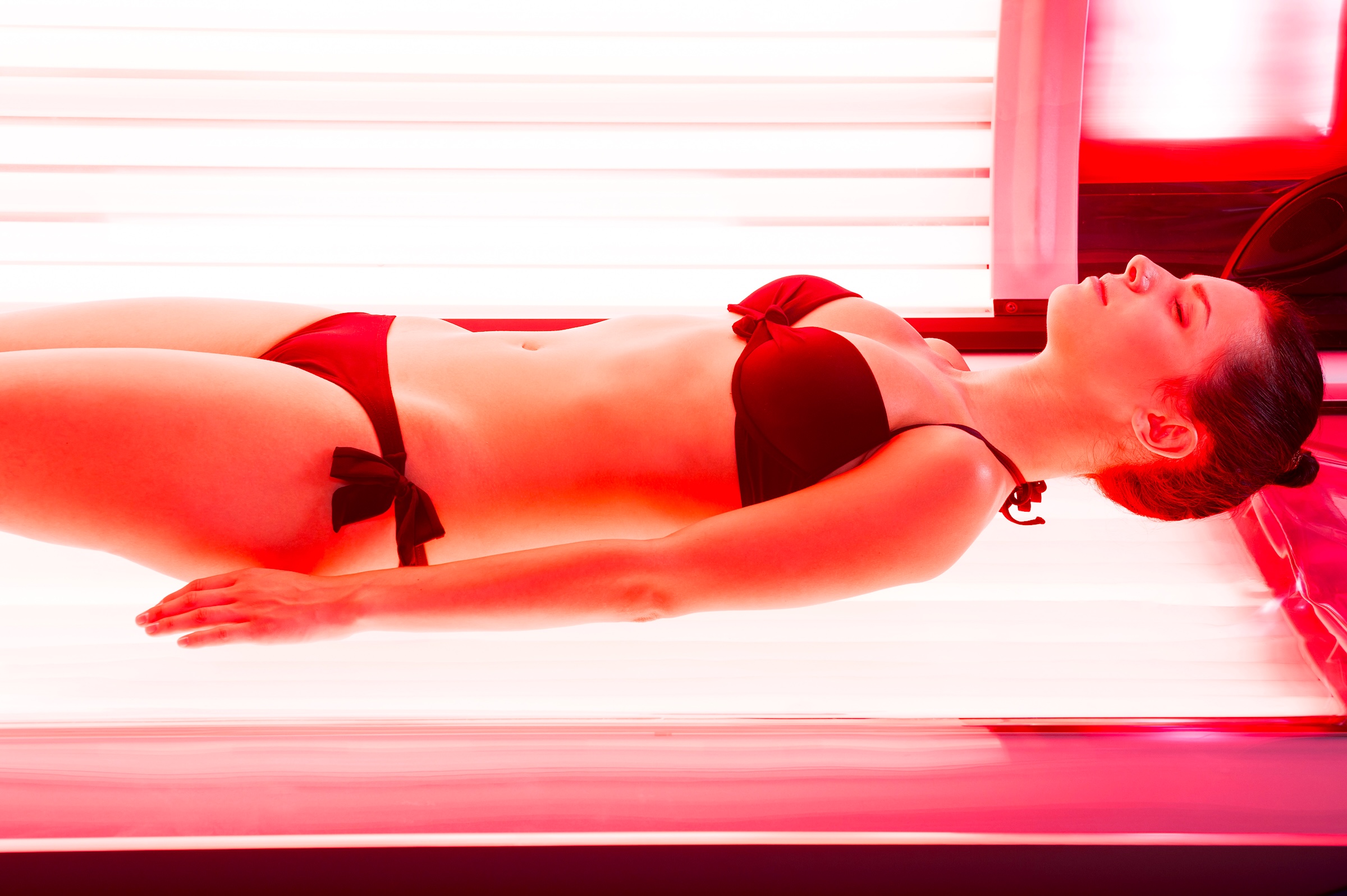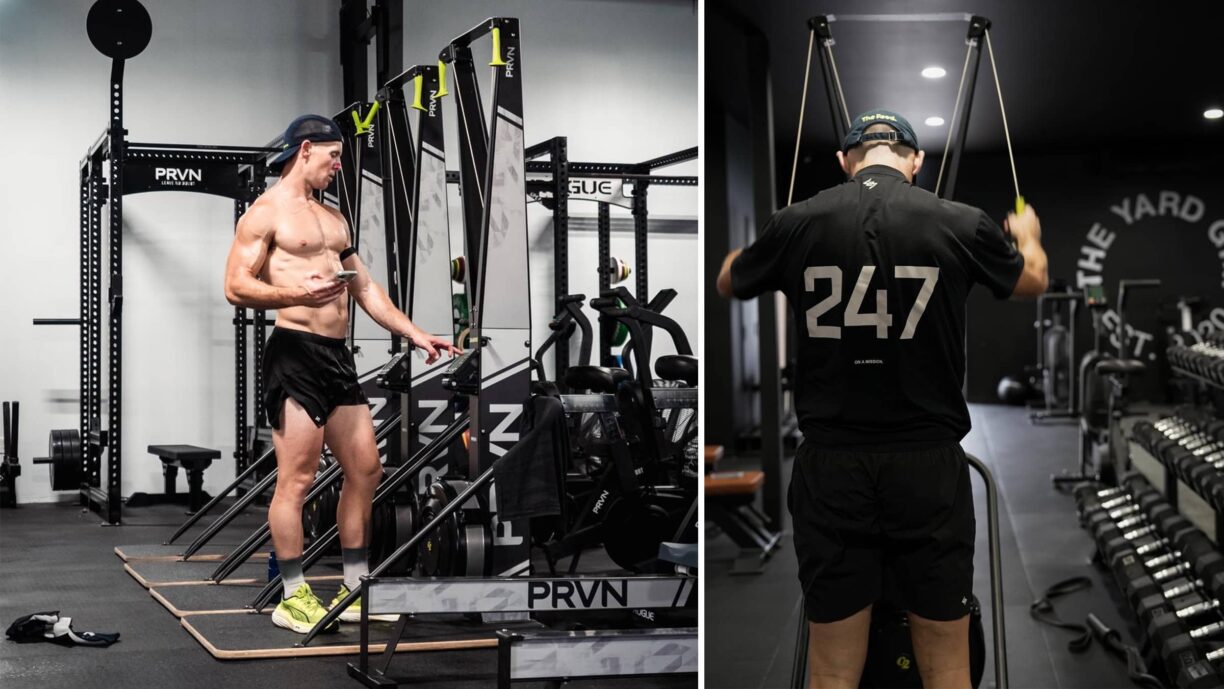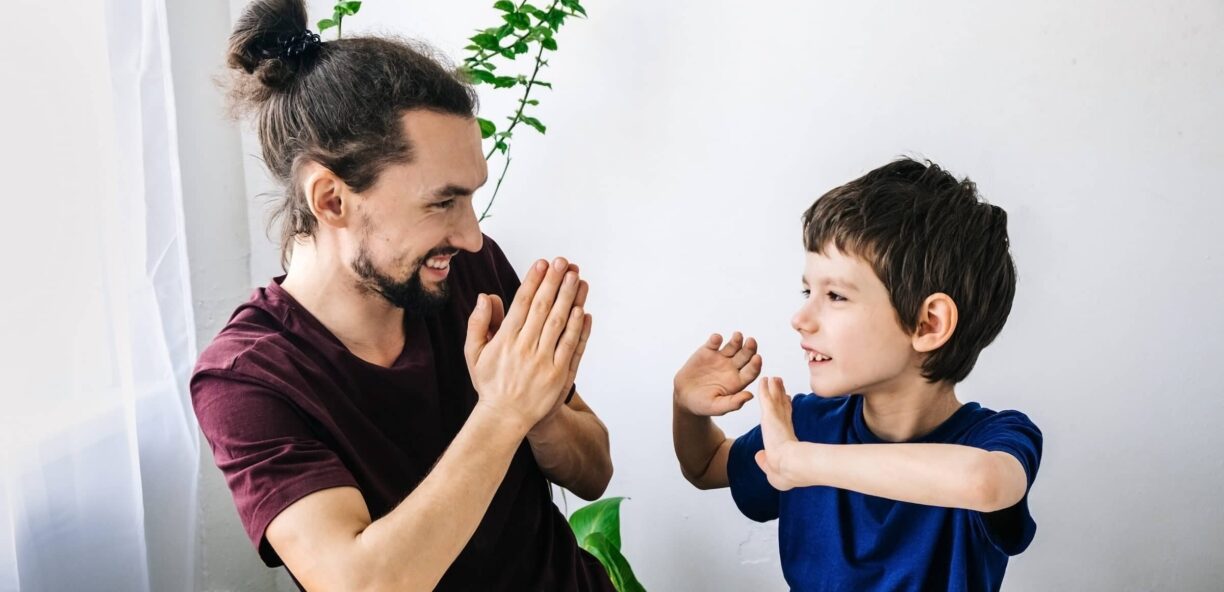Red light therapy is having a serious moment. You’ve probably seen the glowing masks, sleek panels or full-body beds lighting up your social feed. It’s in day spas, skin clinics, gyms, and even your neighbour’s bathroom cabinet.
But for something so eye-catching, it’s still a bit of a mystery. Is it just another wellness trend, or is there real science behind it? And if it does work, what exactly does it do?
Why Red Light Therapy Is Suddenly Everywhere
You’re not imagining it—red light therapy is showing up everywhere lately, and not just in beauty clinics. It’s moved into homes, gyms, and even corporate wellness programs.
At first glance, it appears to be something out of a sci-fi movie. People lie under glowing lights, wear LED masks, or sit in infrared saunas, claiming benefits ranging from clearer skin to improved sleep.
It’s tempting to assume it’s another internet-fuelled fad, but the roots of red light therapy go way back. NASA first explored the technology in the ’90s for wound healing in space.
Since then, researchers and practitioners have experimented with it across various fields, including skincare, sports medicine, and mental health.
What’s changed recently is accessibility. What was once reserved for elite athletes or dermatology clinics is now available through handheld devices and wellness centres across Australia.
And let’s be honest: it looks cool. It taps into the same visual appeal that sells skincare fridges and silk pillowcases—but with claims that go far beyond aesthetics.
The promise of doing something good for your body just by lying under a warm glow? No wonder it’s gone viral.
How It Works, According to the Research
Unlike topical creams or supplements, red light therapy works at a cellular level. The red and near-infrared wavelengths used in these devices penetrate your skin and reach the mitochondria—the part of the cell that produces energy.
When those cells absorb the light, they make more ATP, the energy molecule your body uses for just about everything.
That extra energy helps cells repair and regenerate more efficiently. It also boosts circulation and reduces oxidative stress, which is why it’s often used to support healing and calm inflammation.
Clinical studies suggest that it can enhance collagen production, expedite wound healing, and alleviate joint pain in some instances. Results vary, but many people report tangible changes after a few weeks of consistent use.
If you’re using it for skin health, the improvements tend to show up gradually, resulting in a smoother texture, reduced redness, and fewer breakouts.
For muscle recovery or chronic pain, it’s more about feeling less sore and more mobile over time. The key isn’t intensity or complexity, but regular exposure to the correct type of light. That’s where some people experience the benefits of red light therapy without relying on invasive treatments or pharmaceuticals.
Still, this isn’t magic. It won’t replace sunscreen, cure depression, or erase wrinkles overnight. But used correctly, red light therapy seems to offer more than just placebo—and that’s precisely why it’s getting harder to ignore.
Skin, Sleep and Sore Muscles: What People Actually Use It For
If you’ve ever Googled red light therapy, chances are you’ve seen claims that it clears acne, erases fine lines, eases joint pain and helps you sleep like a baby.
While not all of that holds up equally in the research, there are clear patterns in how people are using it and what they stick with.
For the skin, it’s mainly about calming inflammation and stimulating collagen production. People dealing with breakouts or sensitivity often find that regular sessions help tone down redness and speed up healing.
It doesn’t dry your skin out like some acne treatments or leave you peeling like a retinoid. And for those seeking anti-ageing results, the focus is on texture—softer skin, fewer fine lines, and a more radiant glow over time. Not dramatic overnight changes, but slow, consistent shifts.
Then there’s muscle recovery. Athletes and gym regulars are turning to red light therapy post-workout to reduce soreness and get back to training faster.
It’s also gaining a place in pain management, particularly for individuals dealing with chronic joint stiffness or recovering from injury. The appeal here is low-effort relief: no needles, no medication, just light exposure.
And sleep? That one surprises people. Using red or near-infrared light in the evening has been linked to improved melatonin production and reduced cortisol levels.
The result is a calmer nervous system, which makes winding down feel easier. It’s not a sedative, but it can support a healthier nighttime routine—especially if you’re swapping out bright screens for a 10-minute session under warm, dim lighting.
Interestingly, many people combine it with other self-care rituals, such as infrared saunas, magnesium baths, and lymphatic drainage. It’s less about one miracle solution and more about building a calming, low-stress routine that feels good and keeps them coming back.
What to Know Before You Try It

If red light therapy is on your radar, it’s worth understanding what you’re getting into. First, not all red light devices are created equal. The therapeutic effects depend on wavelength, intensity, and the consistency of use.
Most of the benefits come from specific bands of red (around 660 nm) and near-infrared (around 850 nm) light. Too weak, and nothing happens. Too strong, and you risk skin irritation or eye strain, especially if you skip goggles.
Sessions usually last anywhere from 5 to 20 minutes, a few times a week. It’s not a one-and-done treatment. Like exercise or skincare, the results are cumulative. That means patience matters, and so does the habit. Expect subtle improvements, not dramatic before-and-afters after one use.
There’s also the question of what you’re using it for. Skin health and mood support respond differently from deep tissue or joint treatments. Some people notice quick shifts in sleep quality or skin tone, while others require longer to see a change. It’s helpful to set clear goals and give it a fair trial before deciding if it’s working.
Safety-wise, red light therapy is generally considered low-risk when used appropriately. However, it’s not recommended for individuals with certain conditions, such as photosensitivity or active skin infections.
If you’re pregnant or have a chronic health issue, a quick chat with your GP or dermatologist can help you decide if it’s a good fit.
What makes it stand out isn’t that it cures everything—it’s that it fits quietly into routines without demanding a lot in return. A few minutes, a few times a week. No downtime, no fuss. That’s part of its charm, and part of why more people are giving it a go.
Why This Wellness Trend Might Actually Stick Around
There’s no shortage of health trends promising significant results with little effort, but most of them fizzle out as quickly as they gain popularity.
Red light therapy seems to be playing a longer game. Its appeal isn’t just in the promise of glowing skin or fewer aches. It’s in how simple the whole process feels.
You don’t have to commit to hour-long treatments or overhaul your lifestyle. You’re not ingesting anything, applying chemicals, or recovering from downtime.
For many people, that ease is the hook, and the gentle, relaxing feeling during a session doesn’t hurt either. It doesn’t scream “biohacking” or clinical science, but it still feels like something backed by research, not just hype.
There’s also the flexibility. Some use it to unwind before bed, while others use it for post-workout recovery. It’s showing up in beauty spaces and wellness circles alike, which is rare for any one treatment.
That overlap has helped it find traction across different demographics—athletes, skincare obsessives, chronic pain sufferers, stressed-out professionals.
The science is still catching up to some of the louder marketing claims, and like anything, it’s not a one-size-fits-all solution.
But for a treatment that looks like it belongs in a sci-fi movie, it’s surprisingly grounded. Whether people are in it for the glow or the recovery, it’s clear this trend isn’t fading out anytime soon.





